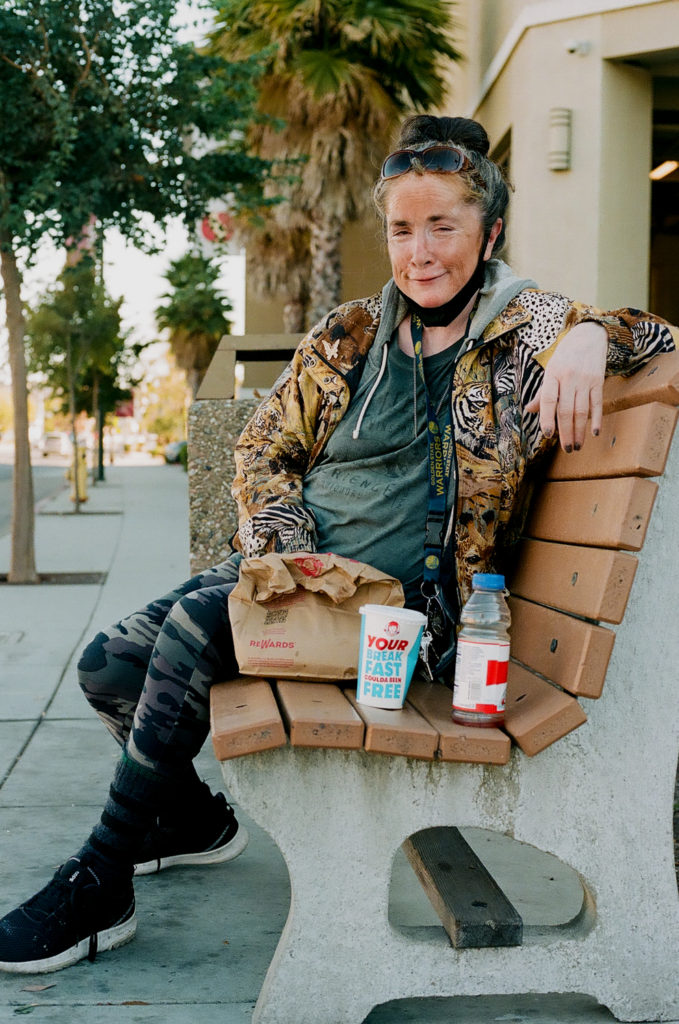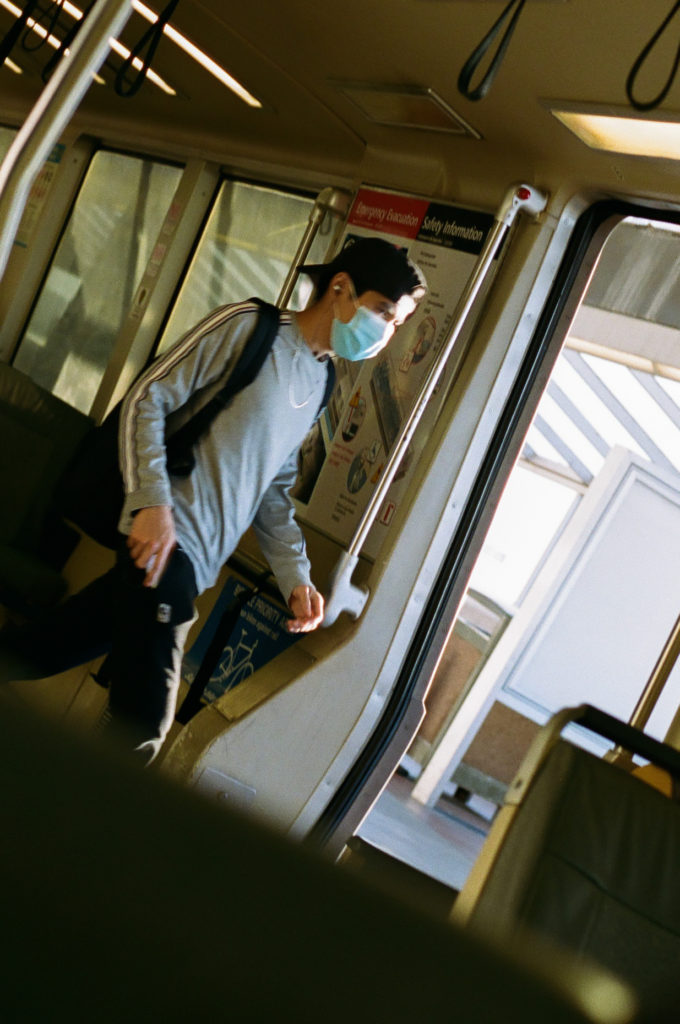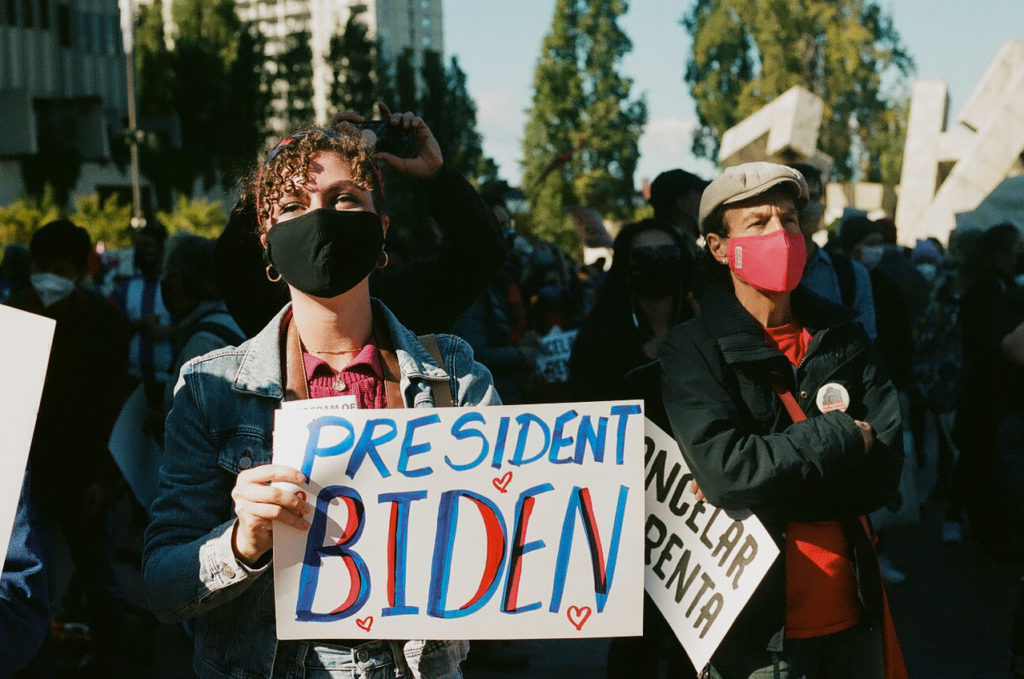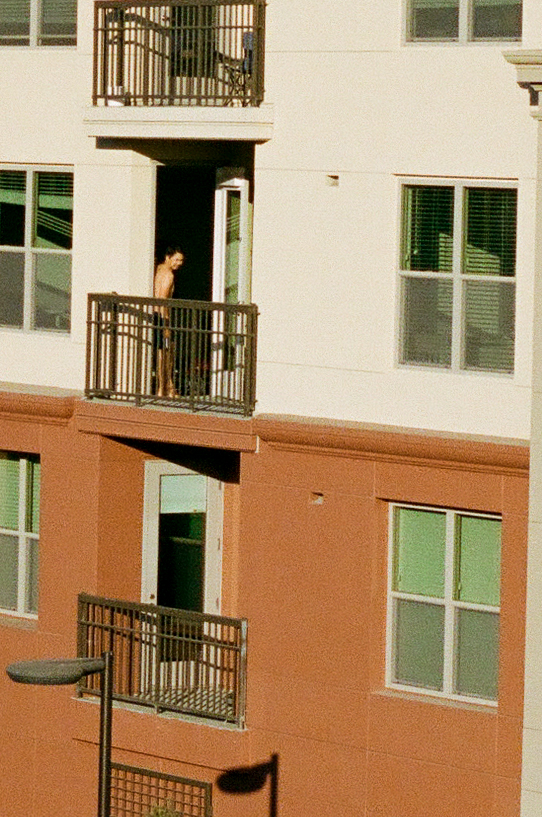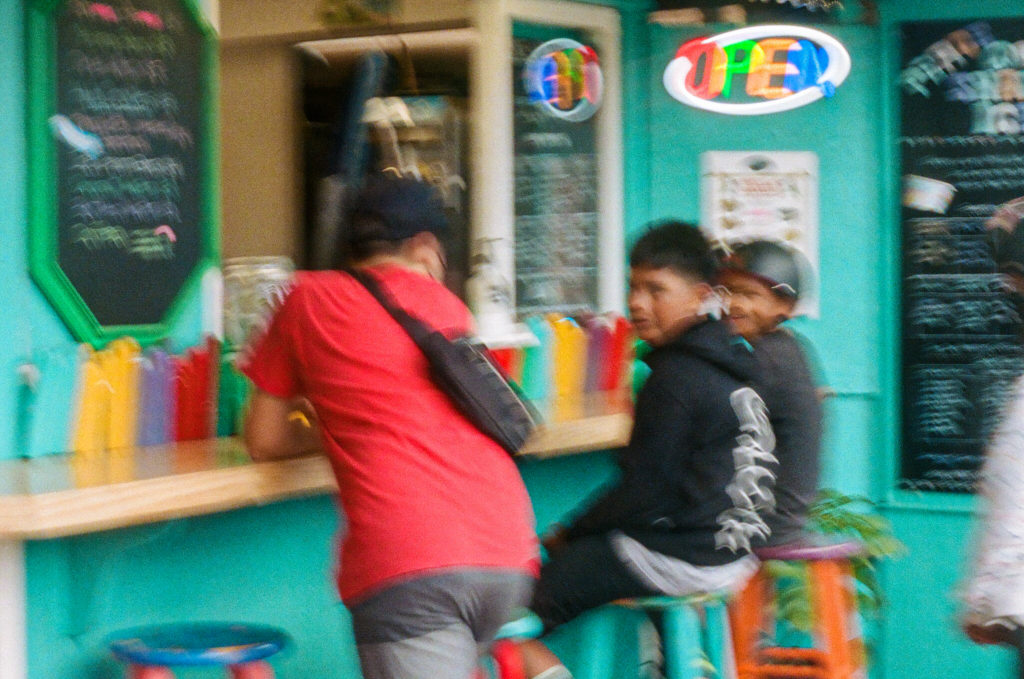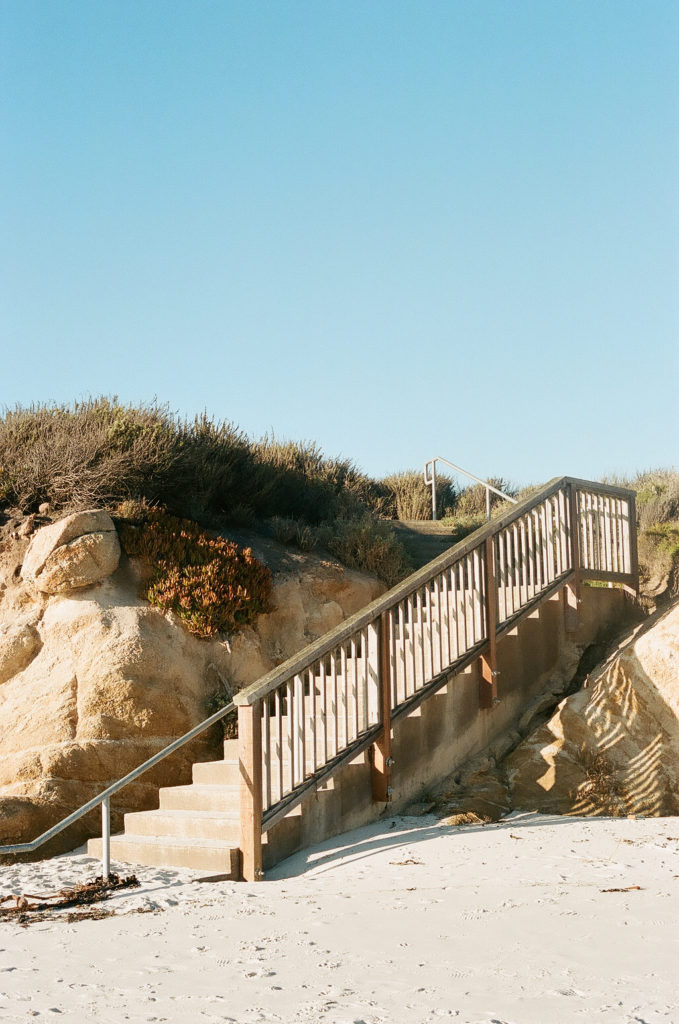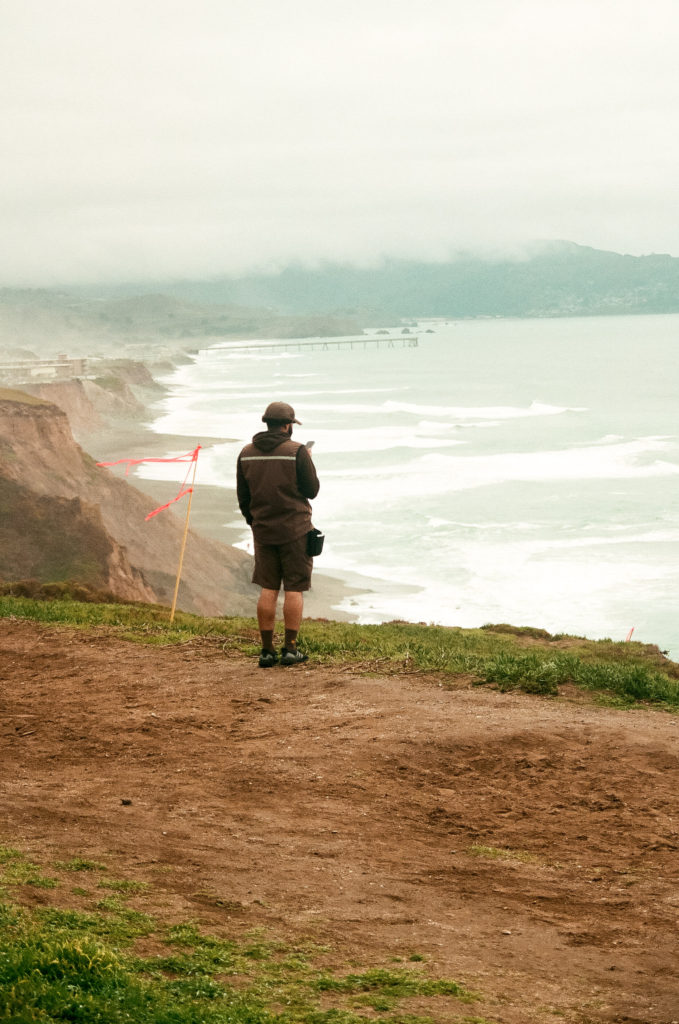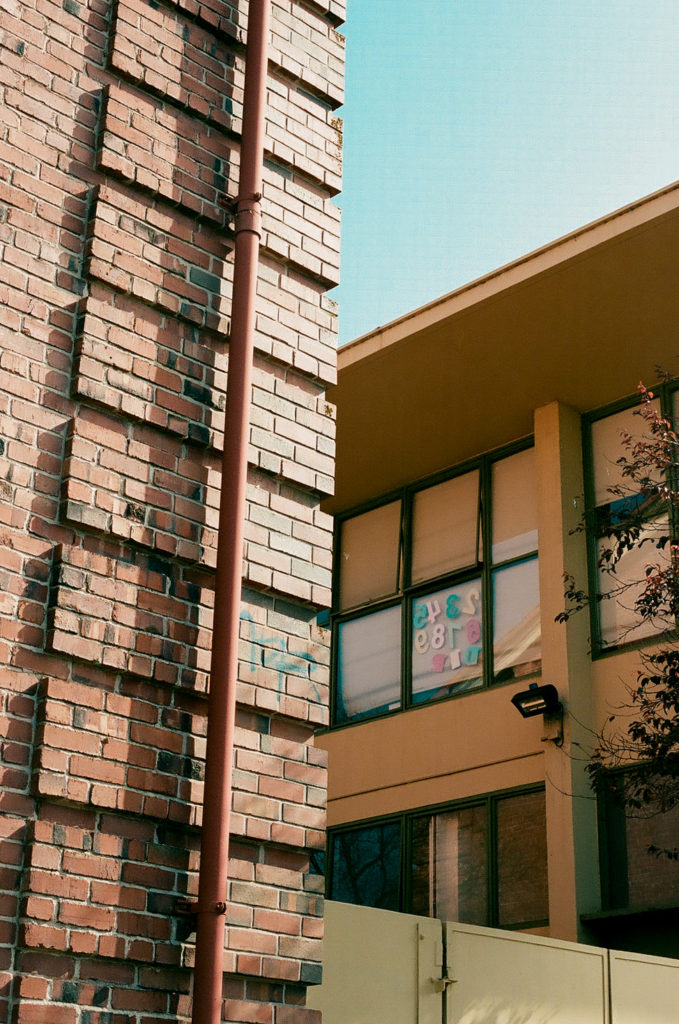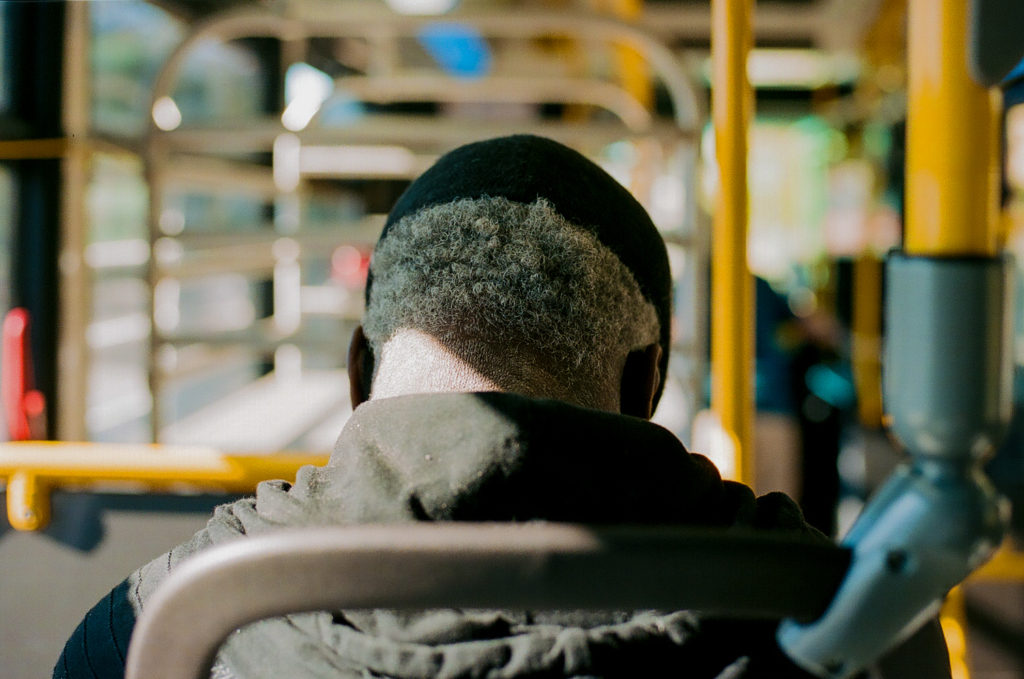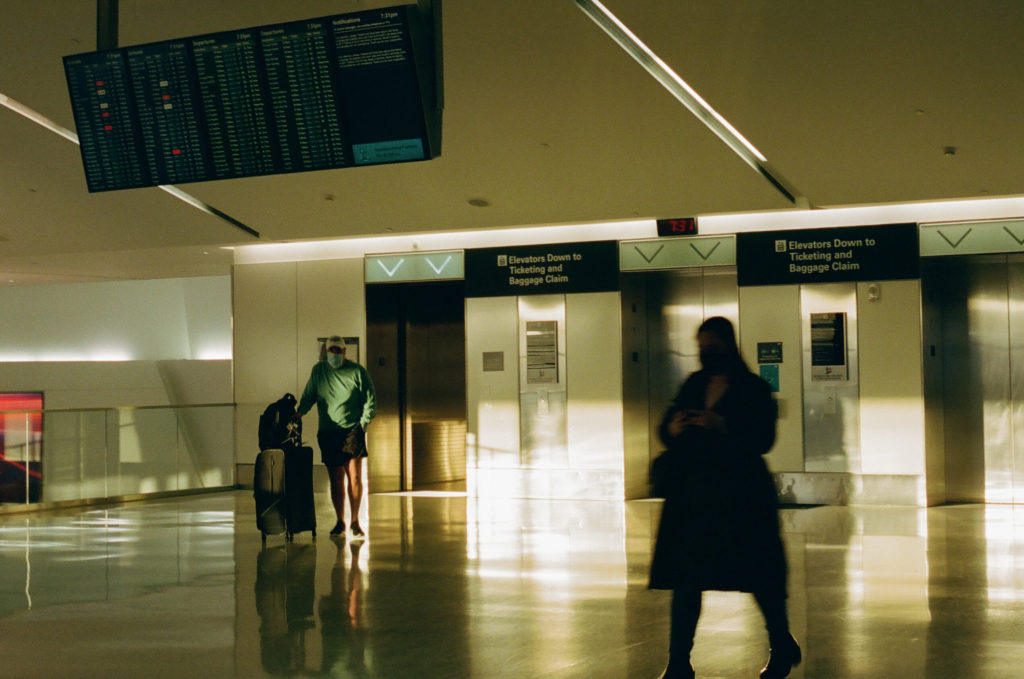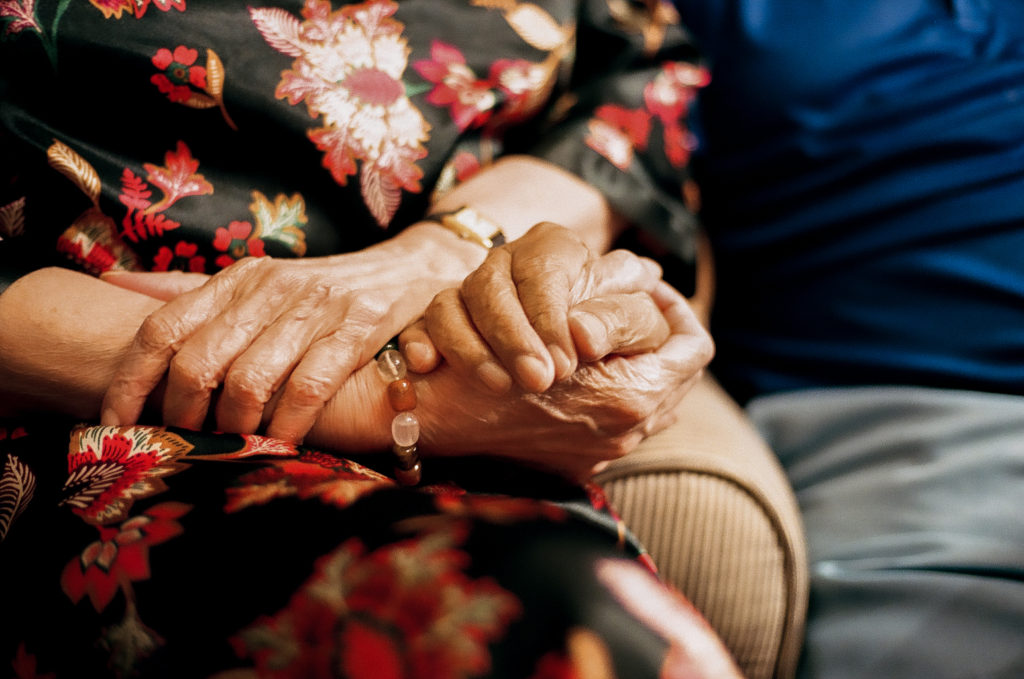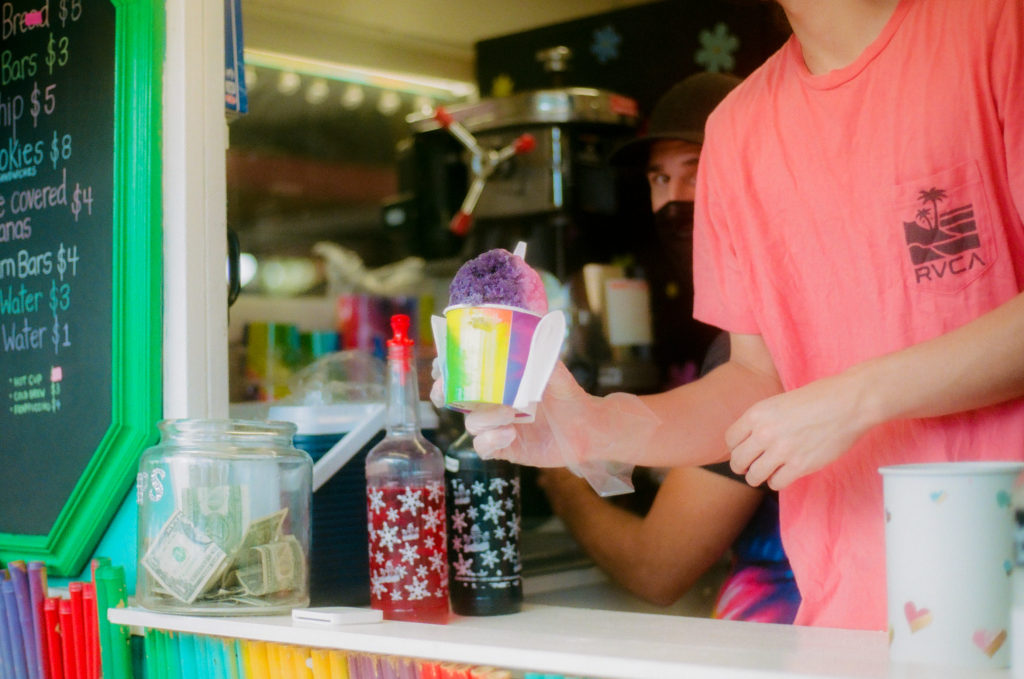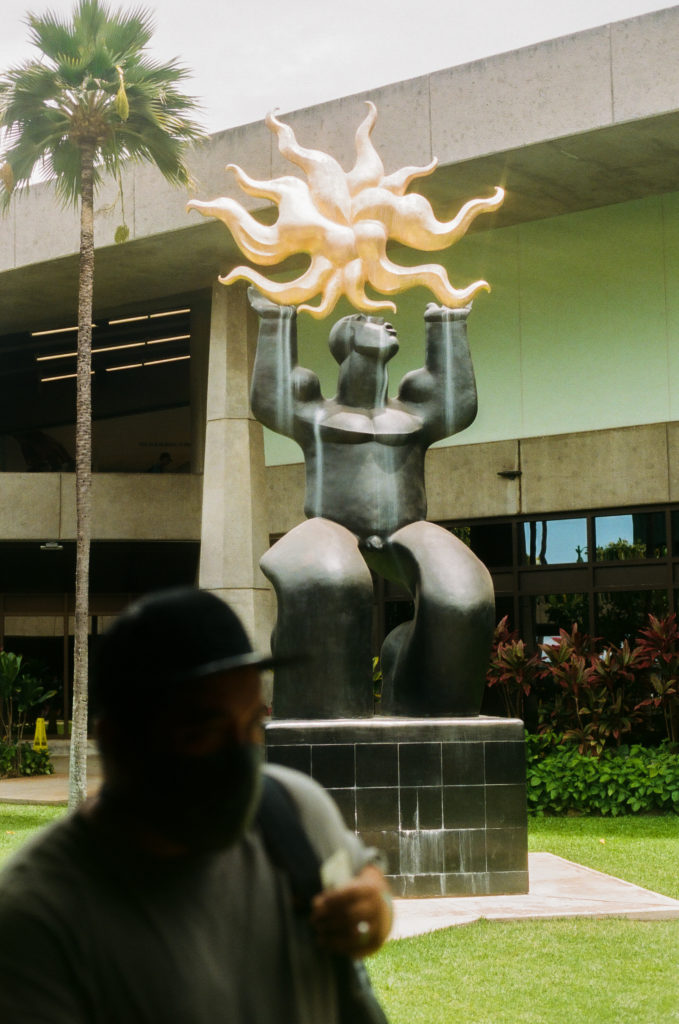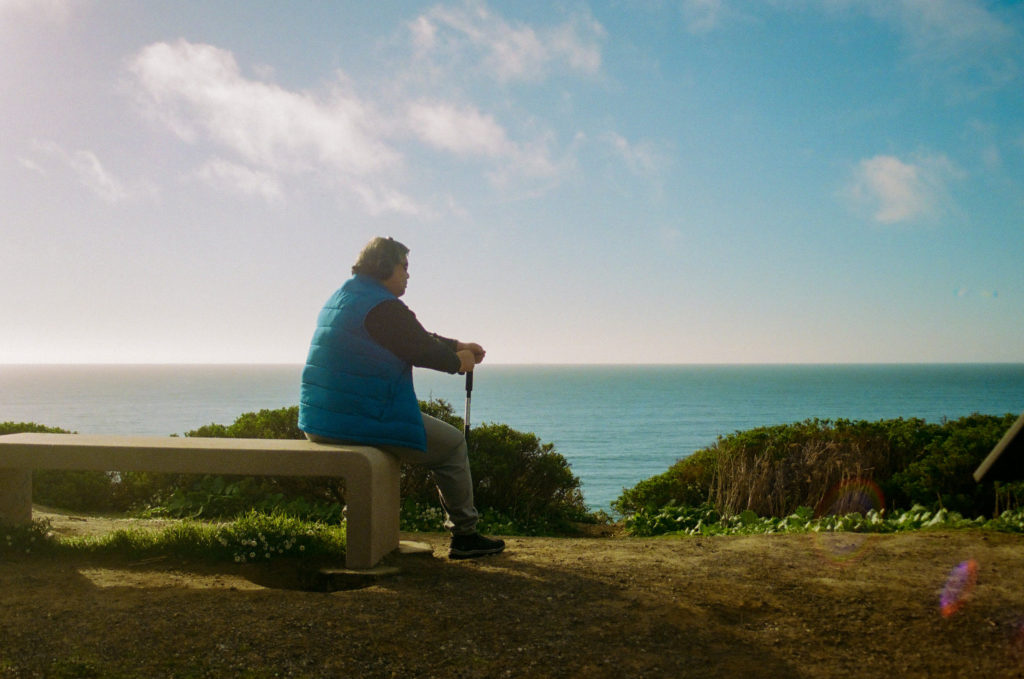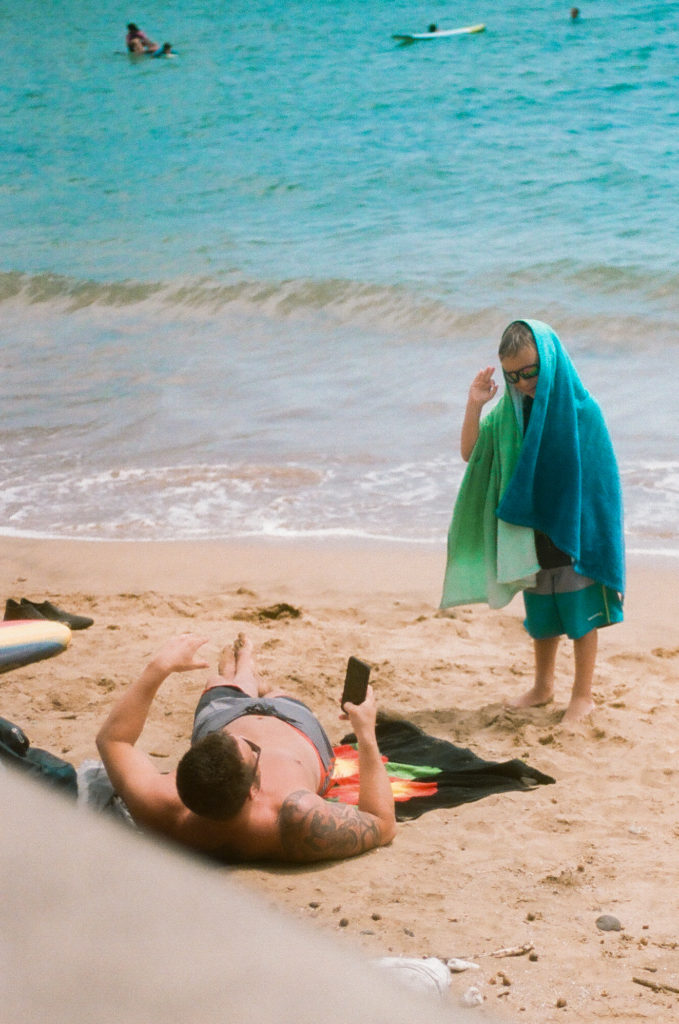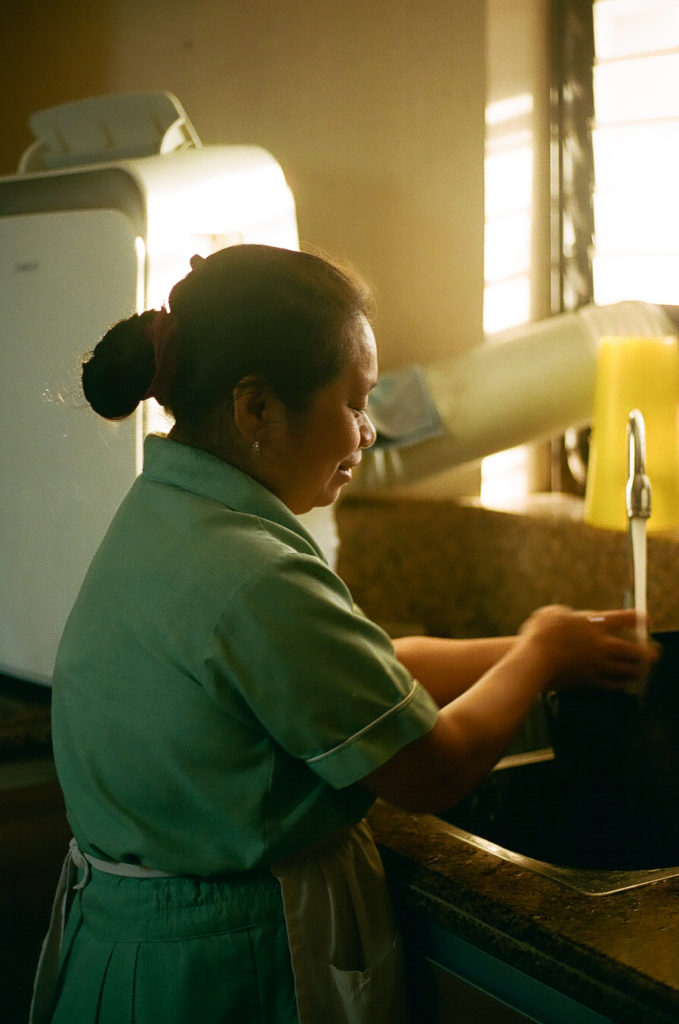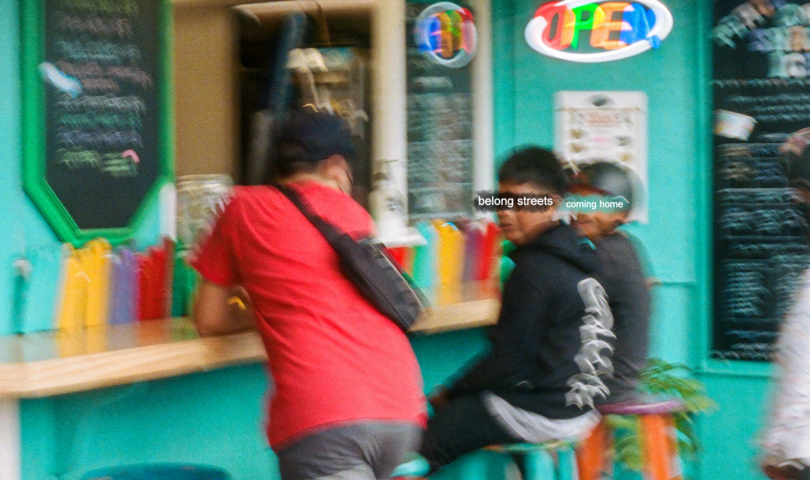Over the past year, I’ve realized that much of my life before quarantine was spent neglecting my life. As I grew up and ascended the (rusted) rungs of a suburban American high school, I survived only by constantly being in motion. Every morning, I hurriedly departed from my small, shared room, swept up by my blooming, almost-adult responsibilities. I rushed past the little happenings that sprung up serendipitously on my morning speed-walk, possessed by auto-pilot. But naturally, I was adjusting to the “go-go-go” mentality pushed by most modern societies. Live fast; die material.
I didn’t know how to actually pause until the pandemic, and until I started this series. With my camera, Quinn, in my hand, I faced the intimidating—but beautifully bejeweled—streets of San Mateo, eventually venturing out to hustle-and-bustle of San Francisco. But I was only so invested in the actual process. I sought acclaim more than wanderlust. The novel, ever-evolving scenes orchestrated so carefully by Life were just a nice bonus. I still didn’t know how to fully pause, as I feared missing a shot more than I wanted to experience each moment.
In April of this year, someone very, very close to me attempted suicide. Even though she’s not a part of my family, she’s one of the very few people that makes me feel like home is wherever we’re together. Back in February, I watched the sunset with her at the very top of Buena Vista Park in SF. Contemplating the place we’d been raised all our lives, we realized we’d been overlooking that the dream of a big city was right in front of our eyes, blanketed by diffused, golden brilliance. My nose chilled and my eyes star-studded: I paused, and I smiled.
When we climbed down the steep, treacherous steps for the night (somewhat intoxicated), we locked arms. Focusing on individual steps, we moved slowly and methodically like a single, side-swiping crab. One wrong step and we would’ve barrelled down the hill like a small tennis ball. Each step—each moment—mattered, naturally commanding our attention.
Life is very fragile, and requires our attention. It can end in a single step or because of a cough on BART. Lives begin and end in what seems like an instant (that process notably sped up by a tiny, apocalyptic virus). There’s been a lot of death this year. When I heard my friend was in the hospital, I felt a permanent, all-consuming fear in a microscopic blip, and I had to pause. I had to. I put my phone down, and I cried. I couldn’t think or feel anything else outside of each insular, lonely second. But moving slowly, methodically, through each of those seconds, I felt safer than I would’ve by fretting over the future, or regretting the past.
She’s still alive, I’m happy to report. But for much of this year and the last, pain—not acclaim—has taught me how to pay attention. Pay attention to the little moments that I wouldn’t otherwise care for if the world hadn’t been shut down by that aforementioned tiny, apocalyptic virus, or if Death hadn’t been dangled in my face. Now, I create with more purpose than just getting attention: I create, instead, by paying attention. Like my life depends on it.
This is the last installment of Belong / Streets I’ll release for SMHS—my last…“huzzah” before I graduate. I don’t think I’ll ever just stop shooting street photography, but for now, I’m okay with closing down this iteration of the series. As I gear up to enter a completely new era in my life, I do so with the same courage I had when I first took Quinn out on a chaotic date. Death brings new Life, new beginnings in our relationship with our surroundings. As quarantine begins its end, we all have another shot at falling in love with the Life around us all over again.
So with that, Life, I’m: Coming Home


